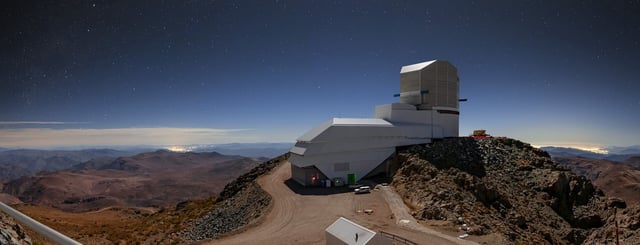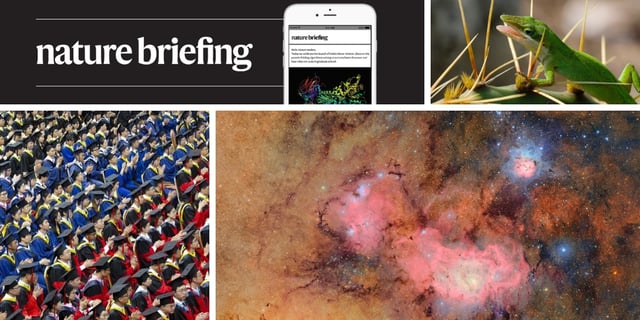Overview
- The observatory released its first images captured by the world’s largest 3,200-megapixel digital camera, showcasing its optical power.
- An initial composite produced in just over ten hours reveals about 10 million galaxies, the Trifid and Lagoon nebulae, and led to 2,104 new asteroid discoveries.
- Perched atop Cerro Pachón in Chile, each exposure covers an area roughly 45 times the size of the full moon and will yield more data than all past optical telescopes combined.
- Over the next decade, the Legacy Survey of Space and Time will photograph the southern sky every three nights to investigate dark matter, dark energy and catalog potentially hazardous near-Earth objects.
- Named for astronomer Vera C. Rubin, the facility aims to revolutionize cosmic research and create the most comprehensive high-definition movie of the ever-changing universe.



